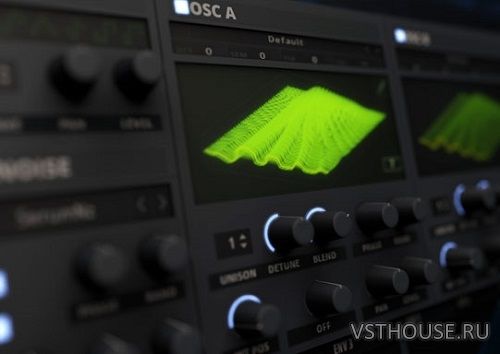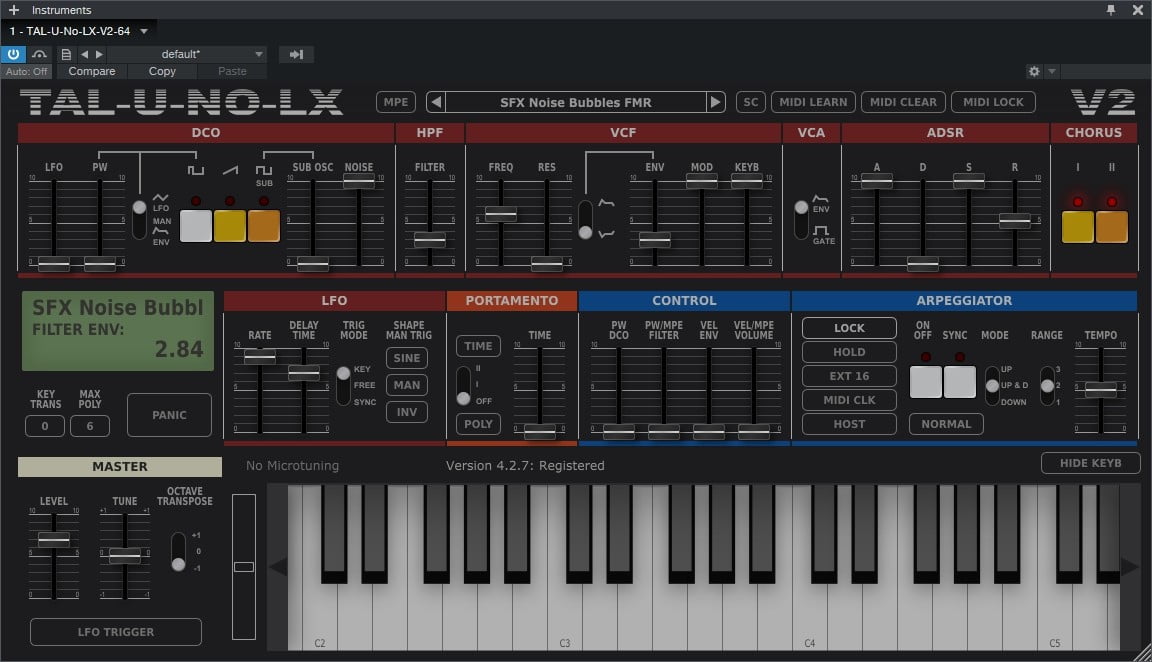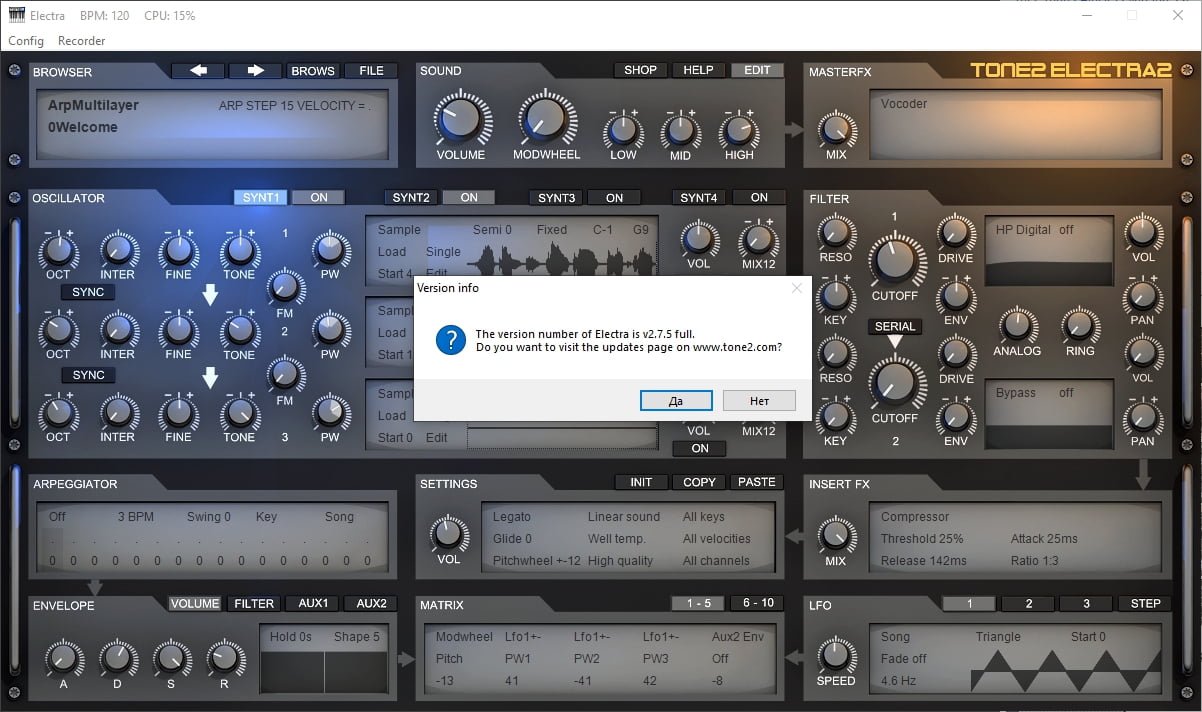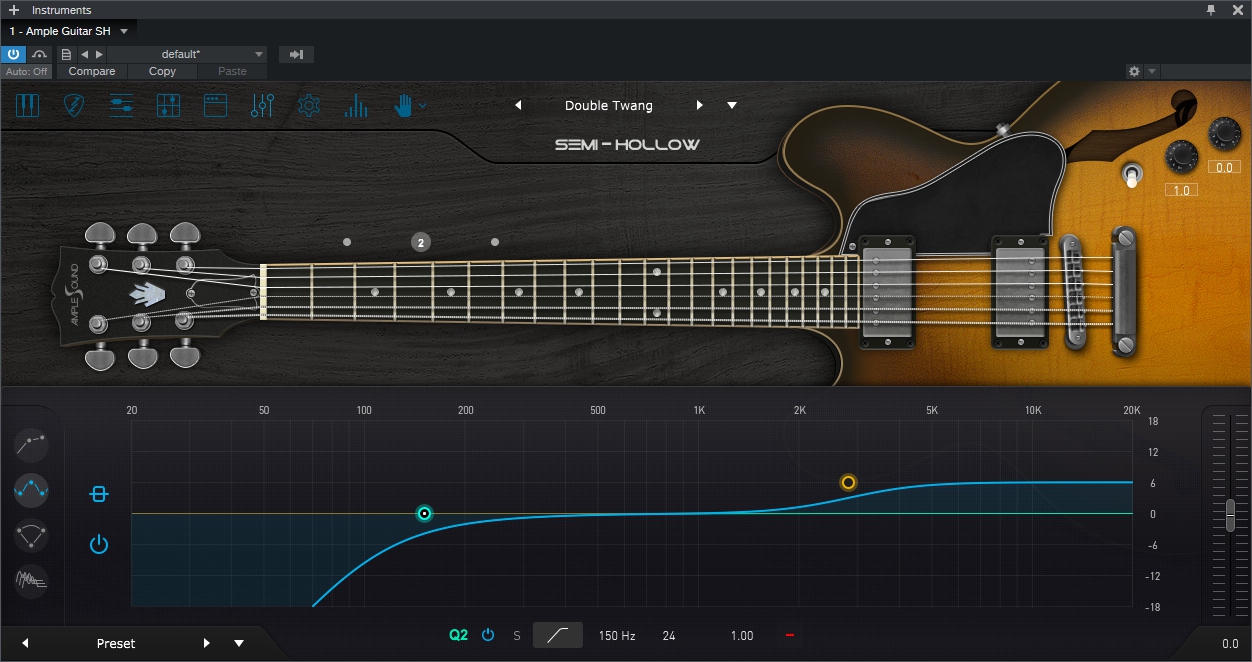

In 1989, Sonic Solutions released the first professional (48 kHz at 24 bit) disk-based non-linear audio editing system.


Soon, people began to use them for simple two-track audio editing and audio mastering. Engineers used Macromedia's Soundedit, with Microdeal's Replay Professional and Digidesign's Sound Tools and Sound Designer to edit audio samples for sampling keyboards like the E-mu Emulator II and the Akai S900. The DAP software could perform edits to the audio recorded on the system's hard disks and produce simple effects such as crossfades.īy the late 1980s, a number of consumer-level computers such as the MSX ( Yamaha CX5M), Apple Macintosh, Atari ST and Commodore Amiga began to have enough power to handle digital audio editing. Interface cards that plugged into the PDP-11's Unibus slots (the Digital Audio Interface, or DAI) provided analog and digital audio input and output for interfacing to Soundstream's digital recorders and conventional analog tape recorders. The Digital Editing System, as Soundstream called it, consisted of a DEC PDP-11/60 minicomputer running a custom software package called DAP (Digital Audio Processor), a Braegen 14"-platter hard disk drive, a storage oscilloscope to display audio waveforms for editing, and a video display terminal for controlling the system. In 1978, Soundstream, who had made one of the first commercially available digital audio tape recorders in 1977, built what could be considered the first digital audio workstation using some of the most current computer hardware of the time.

Early attempts at digital audio workstations in the 1970s and 1980s faced limitations such as the high price of storage, and the vastly slower processing and disk speeds of the time.


 0 kommentar(er)
0 kommentar(er)
